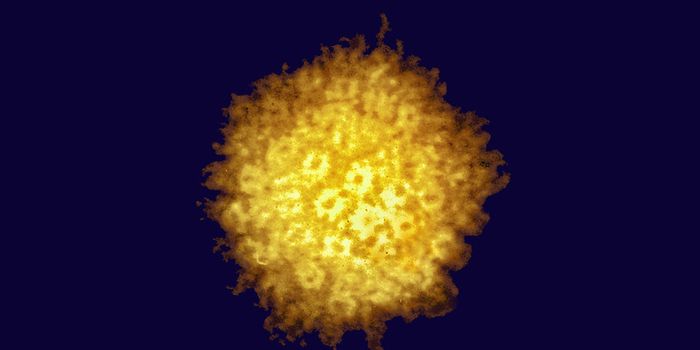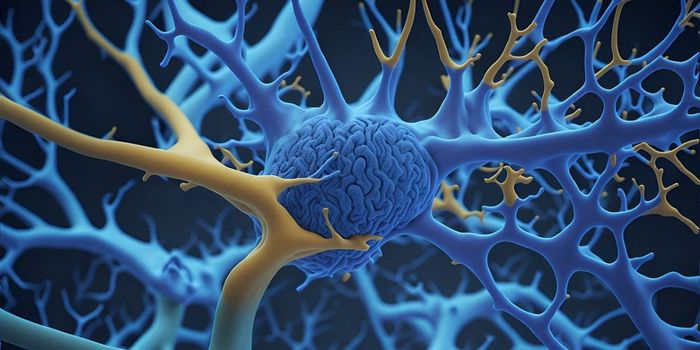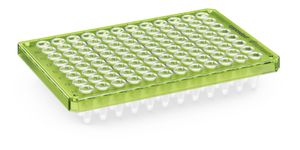Novel Compound Halt Alzheimer's Progression With Magnetic Nanoparticles
Alzheimer’s disease (AD) remains a significant challenge in healthcare, with limited success in developing effective treatments. However, recent research led by Hou et al. offers new hope. Their study, published in Science Advances, explores a promising compound aimed at combating a key driver of AD progression.
Background: Understanding Alzheimer’s Disease Pathology
AD is characterized by the presence of two major hallmarks in the brain: amyloid beta (Aβ) plaques and tau protein tangles. While these pathologies have long been studied, more recent evidence suggests that cognitive decline in AD is more closely tied to tau pathology than Aβ plaques. This realization has shifted the focus of therapeutic research towards targeting tau.
Methods: Designing a Novel Compound
Hou et al. leveraged structure-based design techniques to create a new compound, 7-DP, derived from a previously developed peptide (6-DP). The goal was to inhibit tau fibril formation and, importantly, dismantle existing tau aggregates—a dual approach with potential therapeutic impact.
Findings: Promising Results in Preclinical Studies
The study revealed that 7-DP significantly outperformed its predecessor, 6-DP, in inhibiting tau fibril growth and fragmenting existing tau aggregates. To enhance brain penetration and stability, the researchers conjugated 7-DP with magnetic nanoparticles (MNPs), forming MNPs-DP.
Conclusions: Implications for Alzheimer’s Treatment
Excitingly, MNPs-DP treatment in a mouse model of AD demonstrated remarkable results, reversing neurological deficits after ten weeks. This breakthrough underscores the potential of targeting tau pathology in AD therapeutics. Further evaluation, including human trials, will be crucial to advancing this promising compound towards clinical use.
The study by Hou et al. highlights a significant step forward in pursuing effective Alzheimer’s treatments. By specifically targeting tau protein abnormalities, this novel compound could offer a promising avenue for combating the devastating effects of AD. As researchers move toward human trials, we move closer to a breakthrough in Alzheimer’s disease treatment.
Sources: Science Advances









